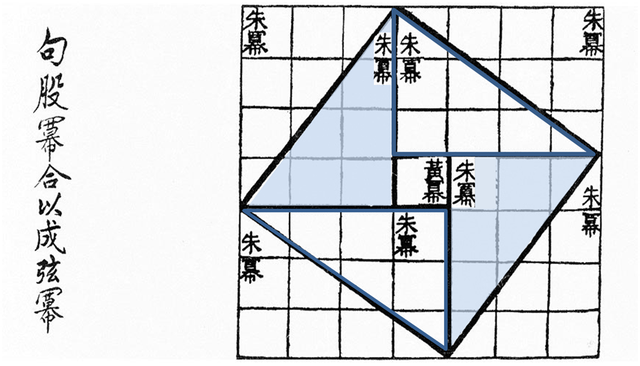 |
| The Pythagorean Theorem image: commons.wikimedia.org |
Let’s talk about something everybody knows: the Pythagorean
Theorem. It’s been drilled into students’ heads from the age of around 13. A
squared plus B squared equals C squared. It’s necessary for 9th
grade level geometry. This theorem seems second nature to almost everyone. We’ve
used it for years, we know it works, and it’s so easy that even, for example, a
novelist who never works with math would still know it by heart. Who came up with it? What makes it so simple, so clean and important?
The Pythagorean Theorem is named after Pythagoras, a
philosopher and mathematician from Ancient Greece. However, there is much
evidence that the Babylonians were aware of the relationship between A2,
B2, and C2 long before the Pythagoreans existed. A tablet known as Plimption 322 is a 1900 BCE
Babylonian mathematical tablet written in cuneiform that contains a table of
Pythagorean triples.
 |
| Plimpton 322 image: commons.wikimedia.org |
The Ancient Chinese also left behind scrolls that lead modern mathematicians to believe multiple groups knew the theorem before Pythagoras.
There are many different ways to prove the theorem, many of which are laid out on this website. The Pythagorean Theorem is used daily in many professions, including architecture, construction, design, and of course mathematics. It's so important because it's integrated into daily life.
 |
| A Chinese Proof image: commons.wikimedia.org |
Do you have a favorite theorem? A favorite proof of the Pythagorean Theorem? Share with us in the comments.
Couple of interesting extensions to Pythagoras theorem challenges
ReplyDeletehttps://www.youtube.com/watch?v=YRdKI71tx-4
and
https://www.youtube.com/watch?v=li8g0FMD3wc
This comment has been removed by a blog administrator.
ReplyDelete